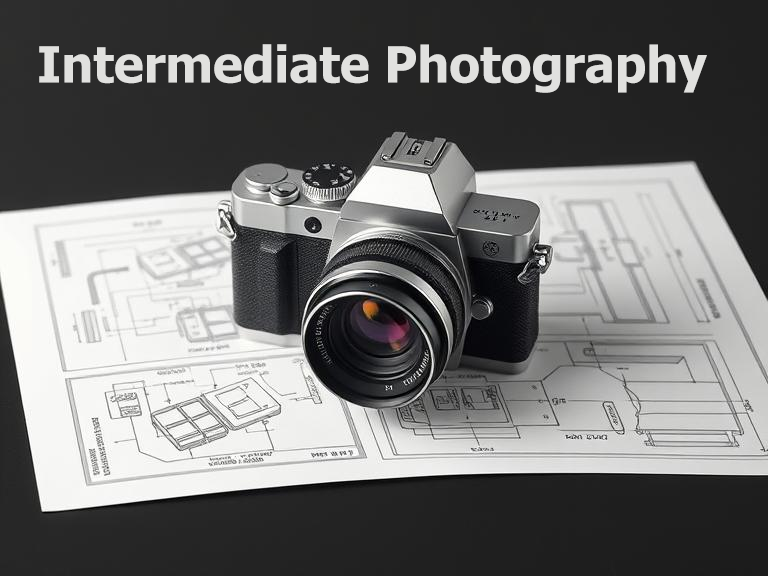Understanding Emotion in Portrait Photography
In portrait photography, capturing emotion is paramount, serving as the soul of the image. The task goes beyond the mechanical act of pressing the shutter button; it involves the art of storytelling, connecting with the subject, and immersing the viewer into the emotion being captured.
The Importance of Connection
Creating a personal connection with your subject is essential. To build this rapport, engage in conversation, listen actively, and attentively understand what emotion you aim to depict. This connection will result in authenticity, allowing the subject to express genuine emotions rather than forced expressions.
Pre-Session Preparation
Achieving this emotional depth begins long before the camera is lifted. Research your subject if possible, understanding their background, interests, and personality. Discuss potential clothing choices that complement their skin tone and match the intended mood. This preparation helps in setting a comfortable and stress-free environment, crucial for evoking natural emotions.
Setting the Scene
The environment plays a critical role in influencing emotion. Decide between studio settings or natural environments, as both can significantly impact the mood. A studio offers controlled lighting which can enhance moods like drama or mystery. Conversely, natural environments can evoke emotions such as serenity or melancholy, depending on locations like a tranquil beach or an evocative urban setting.
Lighting: A Tool for Emotion
Lighting shapes the emotion in a portrait. Soft, diffused light from windows or reflectors can create an intimate, gentle atmosphere, ideal for conveying tenderness or introspection. Hard shadows and high contrast lighting techniques can inject intensity and drama, perfect for stronger emotions such as joy or anger.
Body Language and Expression
Capturing emotion is notably influenced by the subject’s body language and facial expressions. Encourage your subject to use movement; subtle changes in posture and gesture can convey a range of emotions. Guide them towards natural expressions through prompts or posing suggestions without appearing too posed or stiff.
Techniques in Composition
Composition influences the intensity of the emotional portrayal in portraits. Close-up shots highlight facial expressions, drawing attention to the eyes—the windows to the soul. Experimenting with perspectives, such as shooting from above or below, can also introduce different emotional undertones. Framing and leading lines direct the viewer’s gaze, enhancing the emotional weight of the portrait.
Camera Settings and Lenses
Technical choices in camera settings and lenses can affect the emotional outcome. Wide apertures (e.g., f/1.8-f/2.8) create a shallow depth of field, isolating the subject and blurring the background, thus focusing attention on the subject’s expression. Meanwhile, focal lengths of 85mm or 135mm are particularly effective in reducing distortion and maintaining facial proportions, capturing authentic emotions.
Post-Processing for Emotion
Even in the digital darkroom, enhancing emotion continues. Adjusting contrast, saturation, and color tones can amplify the emotional tone. Black and white conversions emphasize textures and expressions, invoking a timeless emotional impact. However, maintain moderation in editing to preserve authenticity—emotion should resonate naturally rather than feel contrived.
Telling a Story
Every portrait tells a story. Encourage subjects to think about a personal story or memory while being photographed, helping to elicit true emotions. This storytelling element is what connects viewers to the image, allowing them to feel a part of the subject’s emotional journey.
Conclusion
Balancing connection, technical skills, and creative intuition is essential in capturing emotion in portrait photography. By understanding and incorporating these techniques, photographers can create powerful, evocative portraits that transcend mere images, becoming emotional narratives that resonate with viewers on a profound level.


